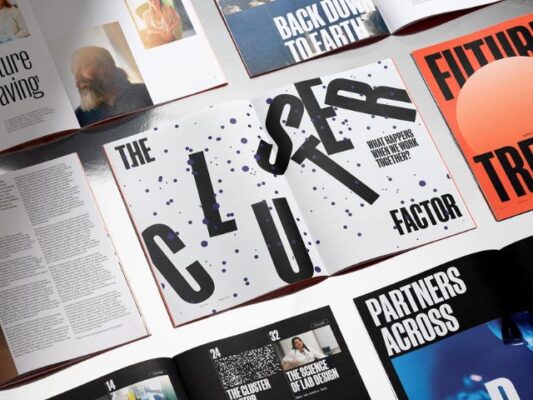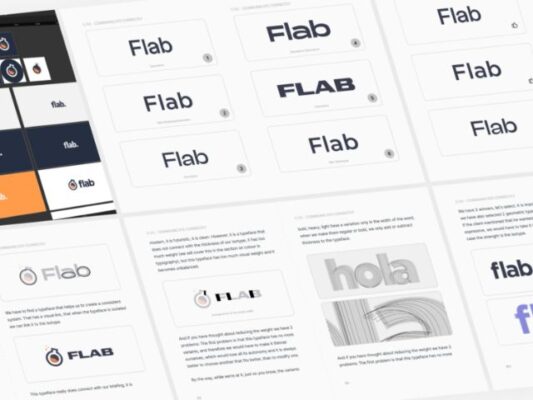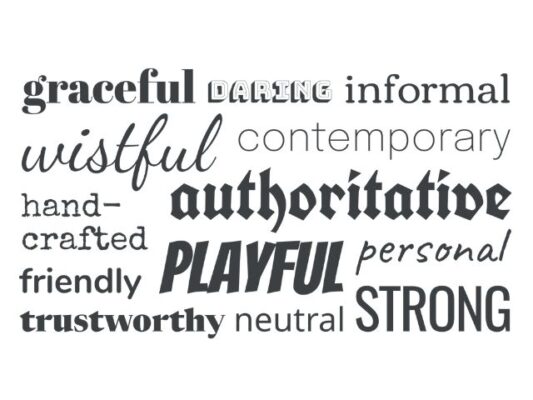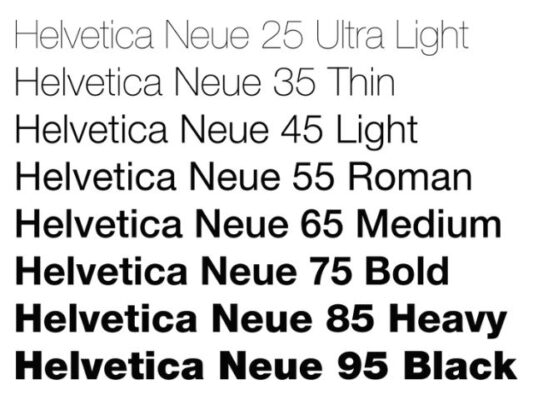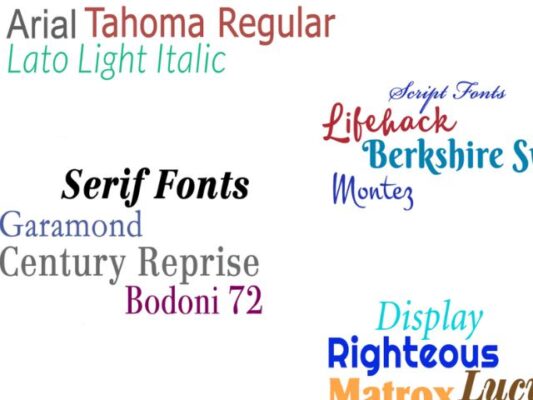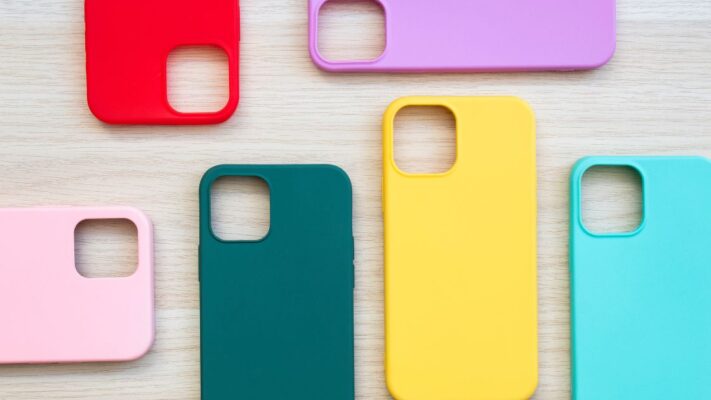Typography is the art and fashion of arranging type, including letters, figures, and symbols, in a visually fascinating and readable way. It encompasses everything from the choice of typeface to the distance between letters, words, and lines, to the arrangement of textbook on a page or screen. Typography is an essential aspect of design and communication. It can greatly impact the way people perceive and interpret written content. Good typography can make content easier to read, more engaging, and more memorable, while bad typography can make it delicate to read, unpleasant, and citable. In this composition, we will explore the different types of typography, the significance of typography in graphic design, typography design, typographic systems, and more.
Contents
What is Typography?
Typography is the art and technique of arranging type to make written language legible, readable and appealing when displayed. The arrangement of type involves selecting typefaces, point sizes, line lengths, line spacing, letter spacing, and spaces between pairs of letters. The term typography is also applied to the style, arrangement, and appearance of the letters, numbers, and symbols created by the process. Type design is a closely related craft, sometimes considered part of typography; most typographers do not design typefaces, and some type designers do not consider themselves typographers. Typography also may be used as an ornamental and decorative device, unrelated to the communication of information.
Wikipedia, the free encyclopedia
Types of Typography
There are several types of typography, each with its own unique characteristics. Here are some of the commonly-used types of typography:
1. Serif
Serif fonts have small lines or flourish at the ends of the strokes that make up each letter. They are often used for body text in printed materials because they are considered more legible in smaller sizes. Examples of serif fonts include Times New Roman, Garamond, and Baskerville.
2. Sans-serif
Sans-serif fonts do not have small lines or flourish at the ends of the strokes. They are often used for headlines, titles, and digital materials because they are considered more legible in larger sizes. Examples of sans-serif fonts include Arial, Helvetica, and Verdana.
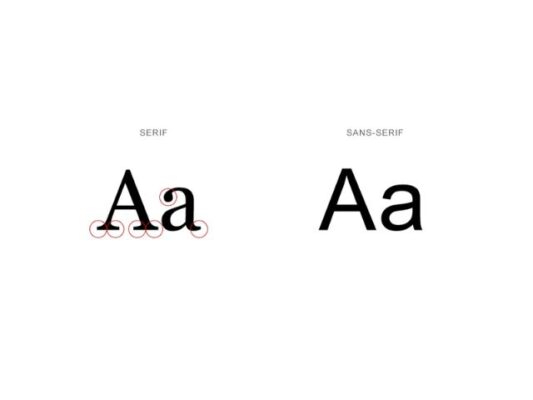
3. Display
Display fonts are designed for use in large sizes, such as headlines or titles. They often have unique or decorative features that make them stand out, but they can be difficult to read in smaller sizes. Examples of display fonts include Brush Script, Comic Sans, and Impact.
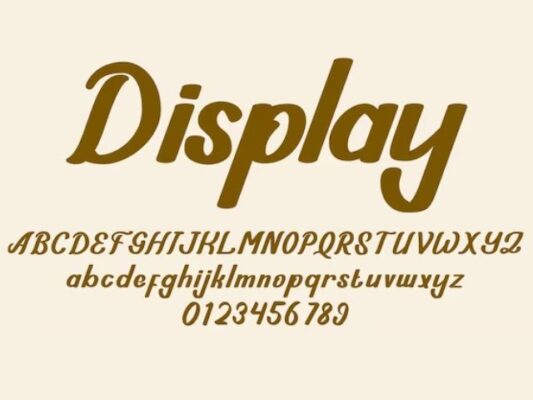
4. Script
Script fonts are designed to mimic handwriting or calligraphy. They can be difficult to read at smaller sizes but are often used for invitations, greeting cards, and other decorative purposes. Examples of script fonts include Edwardian Script, Pacifico, and Lobster.
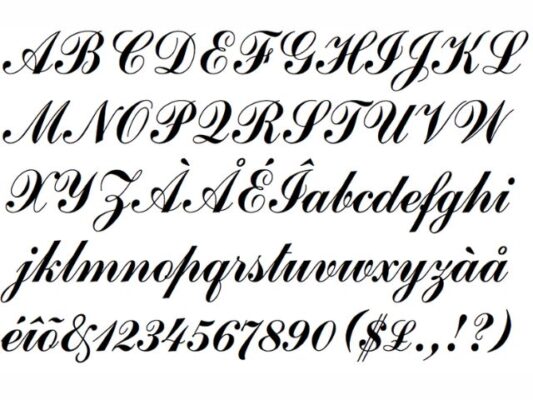
5. Monospace
Monospace fonts have a fixed width for each character, meaning that each character takes up the same amount of space. They are often used in programming or coding environments because they make it easy to align text vertically. Examples of monospaced fonts include Courier New, Lucida Console, and Monaco.
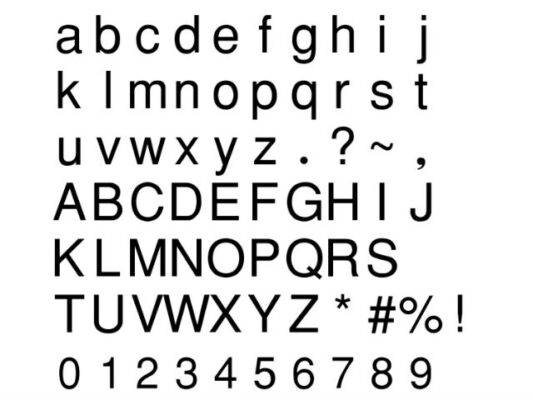
6. Decorative
Decorative fonts are designed to be eye-catching and visually appealing, but they can be difficult to read.
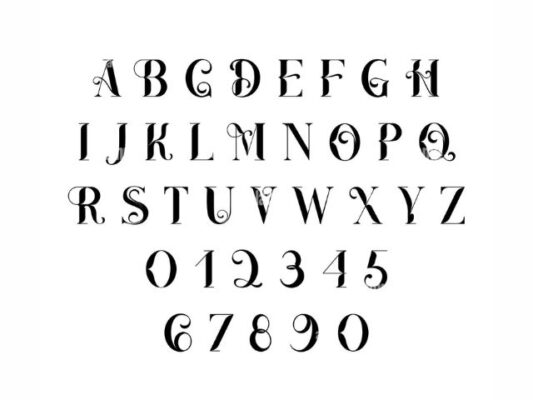
The Importance of Typography in Graphic Design
Typography plays a crucial role in graphic design. It can help to create a visual hierarchy, establish a brand identity, and convey a message. Here are some of the reasons why typography is important in graphic design:
1. Establishing a visual hierarchy
Typography can help to establish a visual hierarchy by making certain elements stand out more than others. For example, a larger font size or a different font style can be used to draw attention to a headline or subheading.
2. Creating a brand identity
Typography can help to create a brand identity by establishing a consistent look and feel across all marketing materials. For example, using the same font family and font size across all materials can help to create a cohesive brand identity.
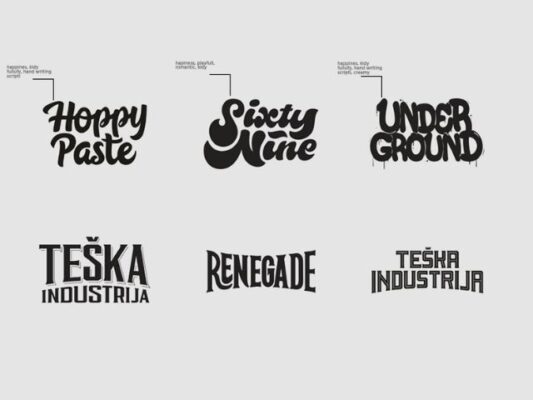
3. Conveying a message
Typography can help to convey a message by setting the tone and mood of the text. For example, a bold, sans-serif font might be used to convey a sense of strength and power, while a script font might be used to convey elegance and sophistication.
4. Improving readability
Good typography can make content easier to read, which can improve engagement and retention. For example, using a serif font for body text can improve readability because the serifs help to guide the eye from one letter to the next.
5. Creating a memorable experience
Typography can help to create a memorable experience by making content more visually appealing and engaging. For example, using a unique or decorative font can help to make content more memorable and shareable.
